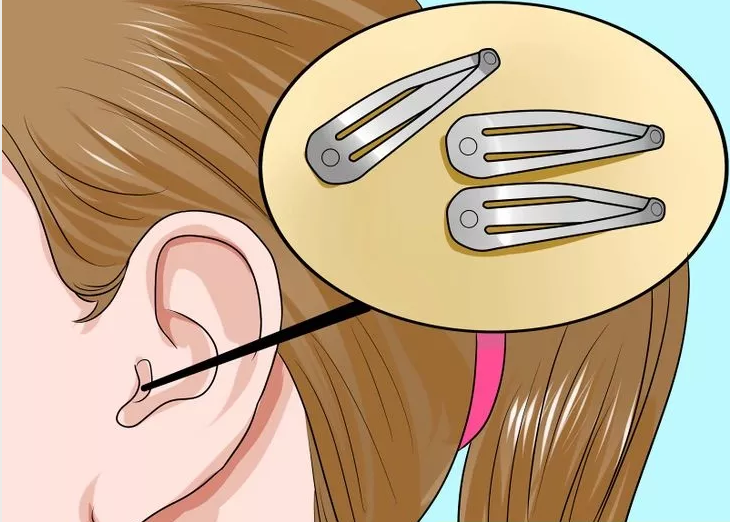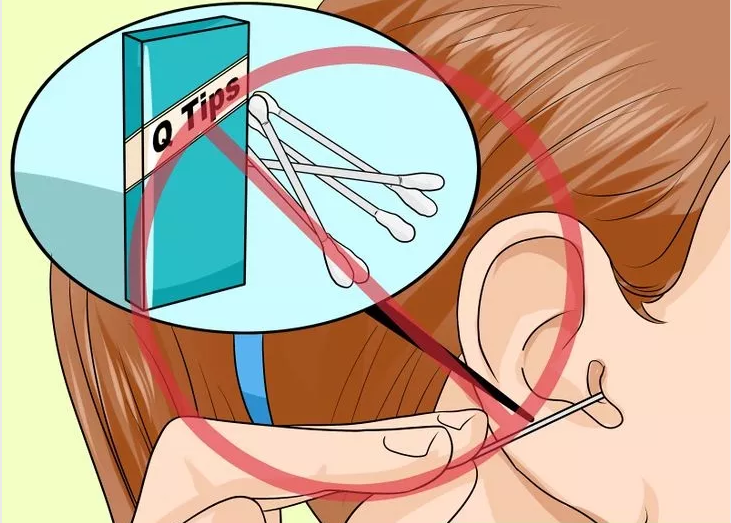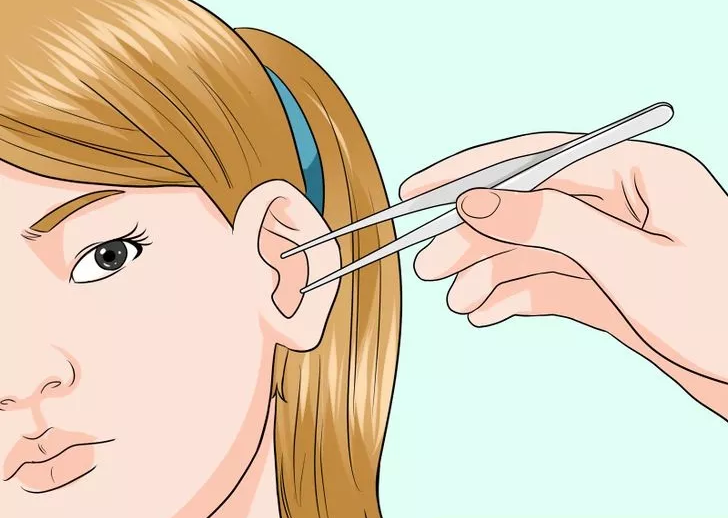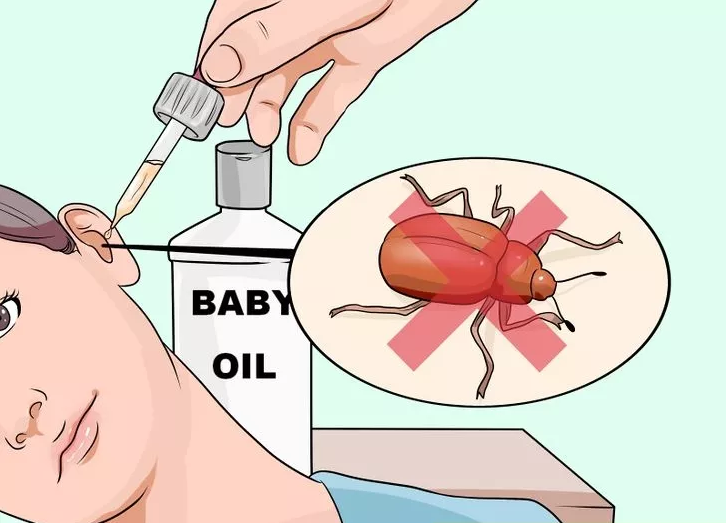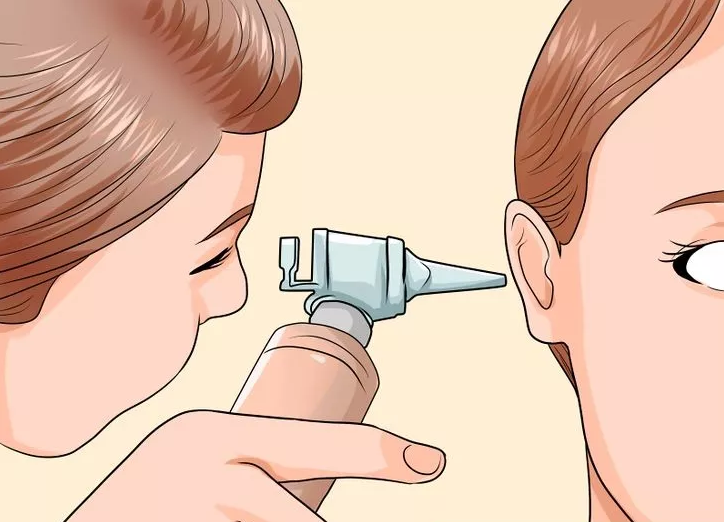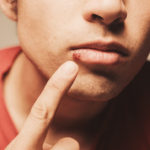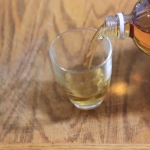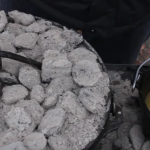How to Remove Foreign Objects from the Ears
It is not uncommon to get a foreign object stuck in the ear, and you would be surprised at what can crawl or get lodged in them. While most will find their way out on their own, objects can also cause damage to the ear canal, including the ear drum, in addition to causing infections. Let’s take a quick look at a few techniques that can help to safely remove objects from the ear.
What not to Do
Before we get started, it’s important to avoid unintentionally aggravating the problem by using a cotton swab or similar object. Cotton swabs are intended to clean debris and gunk that are situated in the outer ear only. Almost any attempt to pry out an object that is not in this area can cause it to be accidentally pushed deeper inside the canal. Unfortunately, many people end up in emergency rooms or urgent care clinics because of this.
Another common mistake is to take off the cotton and use the stick part of the swab to try and loosen an object. Not only does this also increase the chances of further embedding the object, but it can also damage the sensitive tissues that line the ear canal. The same applies to using other items such as a hair pin or a matchstick, and it’s important to avoid using them altogether in most situations.
Tweezers
Tweezers are an ideal tool to use, but only when the foreign object is visible. Carefully place the tips of the tweezers over the object and pull firmly. Avoid wiggling the object too much as you pull to minimize the chances of it breaking inside the ear. Too much motion can also cause damage to the surrounding tissues, either from the object or the tweezers. If the object breaks as it is being removed, take out the piece that you’ve grasped, wash the tweezers and try again, if the object is visible. If not, then try one of the other methods listed below to avoid causing damage by probing.
Oil
Olive oil is a well-known home remedy for dissolving and removing wax from deep within the ear canal. Using oil can also be a very useful way to loosen embedded objects as it will interfere with adhesion. Simply drop some oil into the ear canal and tilt the head so that it works its way around the object. Tilt the head to the side so the ear is facing down, and tell the patient to give it a good shake. Sometimes objects slide right out, but sometimes the victim will need to rest on that side so that gravity can dislodge it over the course of a couple of hours or overnight. Oil is also a great way to remove insects as it will either suffocate them or cause them to wiggle their way out and float to the top of the ear where they can easily be removed.
Flushing
If you have an ear syringe, fill the bulb with warm water and gently squirt it into the ear. Try to position the ear so that it is facing down as you squirt. You may need to repeat this a few times in order to see any movement before re-assessing the situation and deciding what to do next. You may be able to pull it out with tweezers, or gravity may be enough to cause the object to slide out. Avoid using a lot of pressure to try and dislodge the object. Using too much pressure can cause the object to get further dislodged while the water stream can potentially damage the inner ear and cause tissue inflammation.
You will probably be able to use the flushing technique a few times before the patient starts to experience pain from irritation as well, so it’s important to know when to stop and try again later.
You can also try to use an earwax pulling tool. These are special probes that either have a basket on the end or a spoon. You can gently get underneath the object and either grasp with the basket or lift with the spoon. However, if you’re not careful, using this tool can also cause the object to become embedded more deeply as well.
If none of these techniques work, consider filling the ear with olive oil and covering it with a cotton ball. Have the patient rest overnight with the affected ear facing down and re-assess the situation in the morning. If the object sill doesn’t come out, try and get to a doctor or clinic as quickly as possible. It’s always better to err on the side of caution than to risk using any other techniques that may be more aggressive.
Remember that the ear canal is very sensitive, and even a minor scratch can cause a painful infection. If you are able to remove the object, rinse the ear with warm, soapy water and allow it to rest. Keep an eye out for pain, discomfort, inflammation or any changes in the level of hearing for a couple of days. If symptoms don’t subside, seek prompt medical attention.


